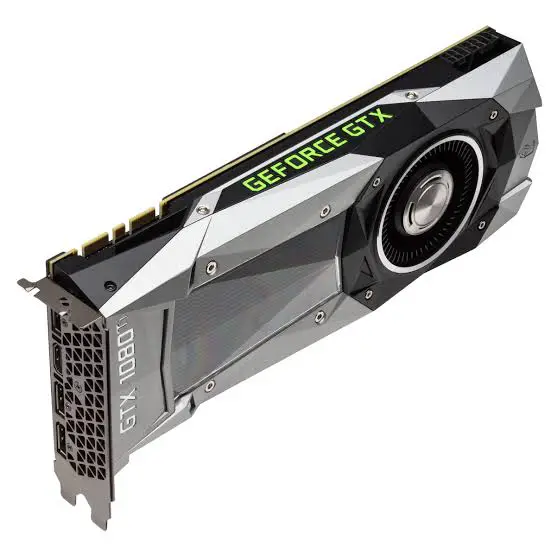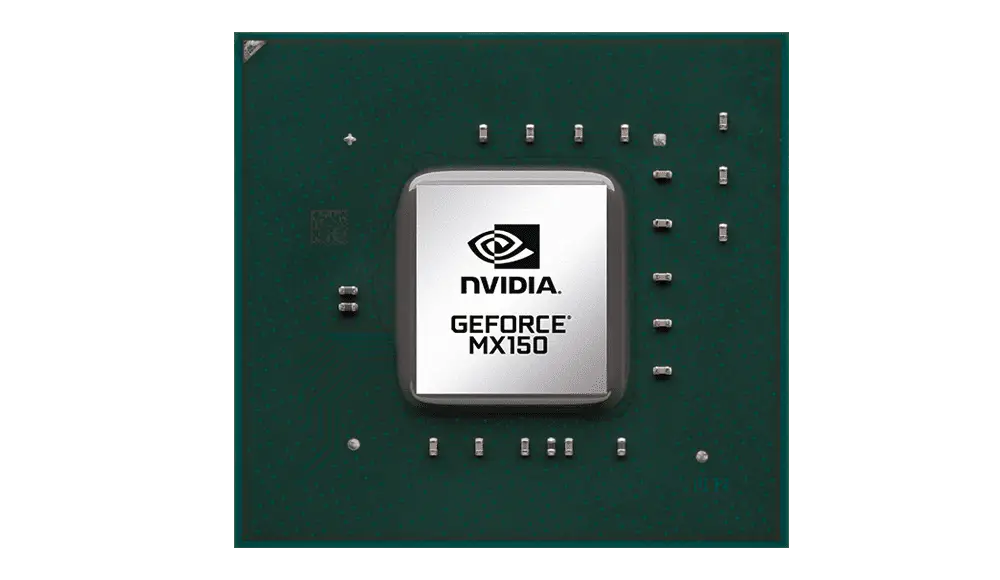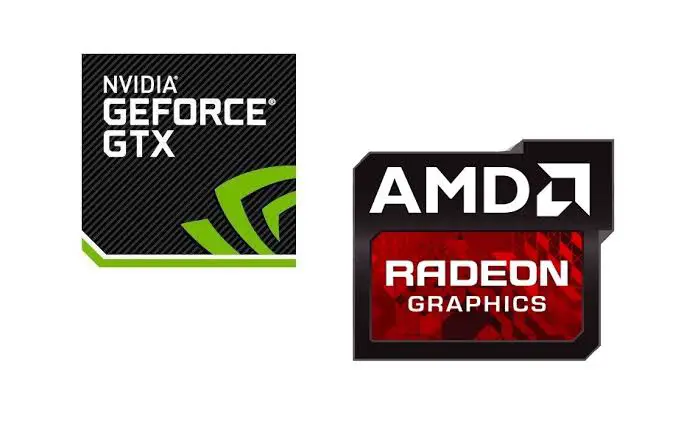Video Cards Explained
Generally, Graphics Processing on a Computer is carried out by the CPU. Actually, every CPU comes with an Integrated Graphics Processing Unit (GPU), for the basic forms of Graphics Processing. But these “Integrated” versions of GPUs are incapable of heavy lifting — Running on just a tiny fraction of the Computer’s resources. And only able to pull off the most basic tasks and a bit of light gaming for instance. However, “Dedicated” GPUs are Standalone Graphics chips bundled with their own RAM (Virtual RAM — or VRAM) and similar resources. And often demanding even more Power than a CPU does.
A Dedicated GPU can take up extensive and heavy Graphics workloads from the CPU when that extra oomph! is required. With it’s own resources, games and any Graphics demanding tasks can run at much higher Frame-rates and Resolutions. Dedicated GPUs are often associated with gamers. When matter of fact, Content Creators could use the extra power as well. Photo — and Especially Video editing requires a significant amount of Processing Power these days. Most CPUs just can’t carry the load of Algorithmic functions and Graphics rendering Simultaneously.
Nvidia vs AMD

Nvidia and AMD are the most Popular manufacturers of Dedicated GPUs. And have long since, been Rivals. AMD however, also manufactures CPUs alongside Dedicated CPUs. Meaning they also compete with Leading CPU manufacturer, Intel, on that front.
Hence, a laptop with an AMD CPU would definitely be running an AMD GPU — clearly. However, Intel doesn’t make GPUs. But they seem to take preference to Nvidia’s GPUs — Since AMD is also technically a competitor.
Hence you’ll most commonly see an Intel CPU paired with an Nvidia GPU. On which of the companies is better at making Graphics Cards, I can’t say for certain. Nvidia did however, maintain a slight lead in the beginning. Recently though, AMD have caught up with their Rhyzen Processors. It all comes down to Personal Preference — Kind of like a PS4 Pro/Xbox OneX argument. They are both capable — almost equally matched in (base level) performance. And try to Out-do each other with very similar features. Take Nvidia’s G-Sync for instance. A feature that prevents Screen tearing and stuttering. AMD also has such a Technology, FreeSync, that does the exact same thing. AMD has been known to offer better valued purchases, with better efficiency. While Nvidia is known for more Powerful products.


As with CPUs, Dedicated GPUs come in Desktop and Mobile Versions. Mobile chips are Underclocked versions of their Desktop Counterparts. They require less power and put out less heat. Making them the suitable choice for most Laptops. Mobile chips are usually soldered on the motherboard. And are often Irreplacaeble. Desktop versions are for well, Desktop PCs. They mostly come in a case with their own fan(s) and only need to be plugged into the motherboard — As with most parts in a Desktop PC.
Other Features
Besides Graphics Processing, Video cards present an Array of very useful Technology to the user. Both have Support for DirectX 11/12, OpenGL, Vulkan. Nvidia’s GeForce Experience and AMD’s Radeon Software Adrenalin helps in Optimizing Games — Choosing the right settings based on the performance your GPU can deliver. They also bring In-Game Recording and Streaming. Nvidia’s Optimus intelligently hands over graphics processing to the CPU or GPU, to meet light or heavy demand respectively. AMD even allows you to Stream to your mobile devices, including VR. And automatically Overclocks without the need for Tensor Cores.
Nvidia also recently announced a Game-changing Cloud-Based gaming subscription service called GeForce Now. It basically allows you to leverage the power of Workstation-Class Graphics Processing from ANY system. You heard me right. Even a 2gb RAM Intel Pentium with no Physical GPU would be able to run GTA V on High at over 60fps using GeForce now. Here’s an Article on how it works.
So if you’re a content creator, or enthusiastic about gaming, be sure to look out for a laptop with a dedicated Graphics card. It’ll be a massive bump in performance. Anything from a GTX 940M to a GTX 1050 would do for budget gaming in 2019. Nvidia released a special, budget gaming mobile chip, the MX150 — a very low-powered, low-cost card made for thin and light laptops. The Acer Aspire 5 or E15 for instance, costs just $600 (about 215,000NGN). For that price most laptops don’t even ship with a dedicated card. For a truly budget option, AMD offers the Radeon 540. And the Radeon 500 series up to the Radeon RX 580 in general.
Well that’s about it for Video Cards. Be sure to like, and share this article. Also let me know in the comments what GPU your PC runs, or which you’d like to get. And after all that gibberish, you probably have a ton of questions anyways.




Leave a Reply